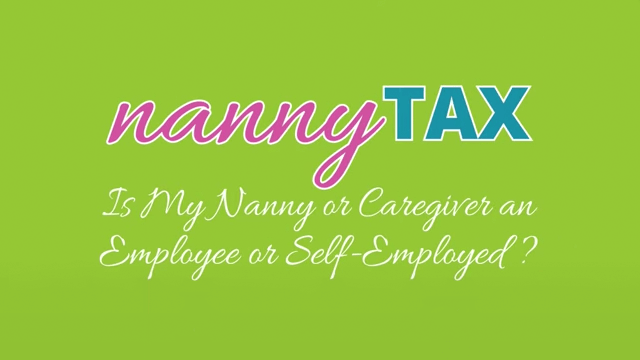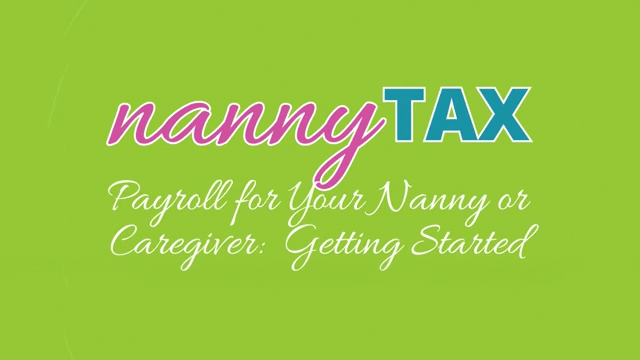
Making the Move to In-Home Care: Tips for Caregivers of Aging Parents
As our parents age, they may need extra assistance with daily activities. It’s not uncommon for adult children to become caregivers for their aging parents or to hire professional caregivers to help out. If you’re considering in-home care for your aging parent, the transition can be challenging. Here are some tips for managing the transition to in-home care.
Start the conversation early
It’s important to have an open and honest conversation with your aging parent about their future care needs. Starting the conversation early can help you understand their preferences, goals, and expectations. Having a plan in place can help your parent feel more in control of their situation too.
Choose the right caregiver
You want someone who is compassionate, patient, and experienced in providing care. Consider hiring a caregiver through a reputable agency, as they will have already been screened and trained. Take time to meet potential caregivers and ask questions about their experience and qualifications. Read more about the qualities to look for in a caregiver in our other blog post here.
Establish clear expectations
Once you’ve chosen a caregiver, you should establish clear expectations. This includes discussing the caregiver’s duties, hours, and compensation. You should also outline any specific needs your parent may have, such as dietary restrictions or medical needs. Establishing clear expectations upfront can help prevent misunderstandings or disagreements later on. Read more about what to include in an employment contract here.
Create a routine
Creating a routine can help your loved one feel more comfortable with the transition to in-home care. This can include establishing regular meal times, medication schedules, and exercise routines. Having a routine can help your parent feel more in control of their day-to-day activities and provide structure to their day.
Make modifications to the home
To make your parent’s home safe and comfortable, you may need to make modifications. Assess your parent’s home to identify potential danger zones or areas needing modification. This can include installing grab bars in the bathroom, removing area rugs that may be tripping hazards, or rearranging furniture to create more space. Consider reaching out to your region’s eldercare support system to see if you can also get a professional assessment of the home.
Keep communication open
It’s essential to keep communication open between your parent, the caregiver, and yourself. This can help prevent misunderstandings or issues from arising. Encourage your parent to voice any concerns or questions they may have, and be open to feedback from the caregiver. Regular check-ins can also help ensure that everything is going smoothly. Find out the best way to reach the caregiver on a daily basis. Some agencies will have an app with a chat feature or other means of providing updates. Your caregiver may also keep a journal to log activities.
Provide emotional support
The transition to in-home care can be emotionally difficult for your aging parent. Encourage your parent to talk about their feelings and concerns, and offer reassurance that they are not a burden. You may also consider enlisting the help of a therapist if your parent is struggling with depression, anxiety, or other emotional issues.
Take care of yourself
As a caregiver, don’t forget to take care of yourself as well. This includes taking time for self-care activities, such as exercise or hobbies, and seeking support from friends and family. Remember that it’s okay to ask for help and to take breaks when needed. If you need some ideas for managing caregiver stress, read our blog here.
Be flexible
Finally, it’s important to be flexible throughout the transition to in-home care. There may be some trial and error as you and your parent adjust to the new routine and caregiver. Your parent’s needs may also change over time (usually becoming more demanding). Be patient and willing to make adjustments to the care as needed, including changing caregivers if there isn’t a good fit with your parent.
The transition to in-home care can be challenging, but with the right approach, it can also be a positive experience for both you and your aging parent.
And once you’ve hired a caregiver, remember that you will be an employer with payroll responsibilities. If you need help with managing payroll for your caregiver, please reach out to us toll-free at 1-877-626-6982 or email us at taxquestions@nannytax.ca. We offer three domestic payroll tax plans, giving you the flexibility to choose the package and price that best works for you.
Credits: Photo by Kampus Production










